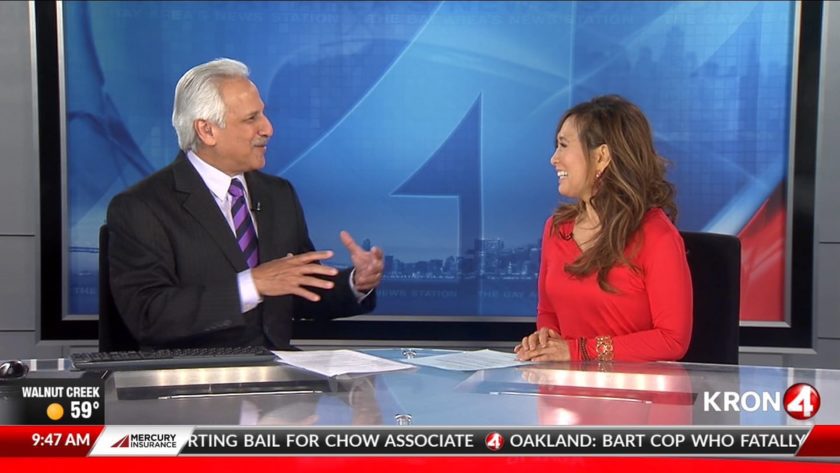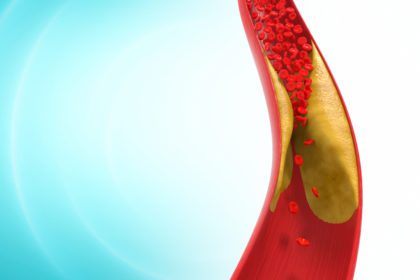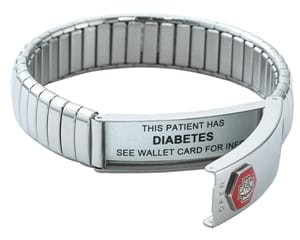If you sit for long stretches of time, are you doomed to live a shorter life? Is a standing desk the answer? Find out the health effects of and solutions to over-sitting and over-standing.

The Pitfalls of Sitting
- Studies have found that long hours of sitting are linked to heart failure and disability risk, and shortens life expectancy.
- Research has shown that sitting all day reduces the breakdown of fat and increases fat retention.
The Pitfalls of Standing
- There may be negative health effects from sitting, but that doesn’t necessarily mean that standing is the solution and a standing desk is the answer.
- Standing has “side effects” and a variable height desk is not appropriate for everyone. Prolonged standing at work can actually be bad for your health.
- Per a 2005 study in Denmark, long bouts of standing can lead to a higher risk for being hospitalized for varicose veins in the legs (swollen, twisted, and enlarged veins and damaged valves).
When Standing May Not Be Healthier
It may be inappropriate for the following people to stand at their desks if they have:

When Standing May Not Work at Work
Sitting requires less energy (about 20% less) than standing and helps keep the body stable, so certain tasks are better performed while sitting down, such as those requiring:
- Fine motor skills (e.g., driving, working at a computer, creating detailed drawings, video editing, performing fine micro-surgery)
- High levels of concentration and focus

Treadmill desks, bicycle, and elliptical workstations have been tested also and have been shown to slow down typing and mousing and increase mistakes.
How to Stand
- Standing is a physical activity, so you have to ease into using a standing desk (just like a new exercise).
- To avoid back, leg, or foot pain, start standing at your desk in moderation — for 30 to 60 minutes and gradually increase the duration.
- Keep your feet and legs moving. Don’t stand statically.
How to Sit
According to a study published in the European Heart Journal, your health is affected by how long you sit at your desk as well as how many breaks you take.
- Sit for 20 minutes at a time (with best posture)
- Stand for 8 minutes (with best posture)
- Move for 2 minutes (movement is critical for blood to circulate throughout your muscles and back to your heart)

By following the 20-8-2 work pattern, a 7.5 hour workday would equate to:
- 5 hours of sitting
- 2 hours of standing
- 30 minutes of moving
- 16 sit-to-stand changes
 Stability Balls
Stability Balls
Sitting on a stability ball instead of a desk chair engages your core since you can’t rely on the back of the chair to prop you up. It is still a form of sitting, though ‘active’, so apply the “20-8-2” formula when you use one at work.
Practical Work Behavior Tips
It’s difficult to change human behaviors. Studies have shown that the majority of standing desk users eventually start sitting more and standing less, and after one month they go back to sitting all the time.
Changing work environments might make more sense and would cost less, such as:
- Move printers, copiers, and trash/recycling bins into the hallway, so you have to walk to them.
- Use restrooms that are several flights up.
- Take the stairs. Restrict the use of elevators to people with accessibility needs.
- Stand up during phone calls.
- Walk to see a colleague versus phoning or emailing.
- Walk to a water cooler.
- Stand for a meeting.
- Conduct standing meetings or encourage regular standing breaks.
- Park further away from the office.
![]() Karen’s Fit Tip: Take more breaks from sitting more often. This concept not only applies to office workers, but to others like retirees and students. Whether you’re sitting to work, study, craft, play video games, or just watch TV, follow the “20-8-2″ formula.
Karen’s Fit Tip: Take more breaks from sitting more often. This concept not only applies to office workers, but to others like retirees and students. Whether you’re sitting to work, study, craft, play video games, or just watch TV, follow the “20-8-2″ formula.







[…] Stand up and move. The average adult burns 100 calories when walking one mile. Walking 5 miles (10,000 steps) burns 500 calories. Doing sit-ups, crunches, and other ab exercises will NOT eliminate it. It’ll strengthen the core muscles (your abdominal “girdle”) that hold in your belly fat, but won’t get rid of it. […]